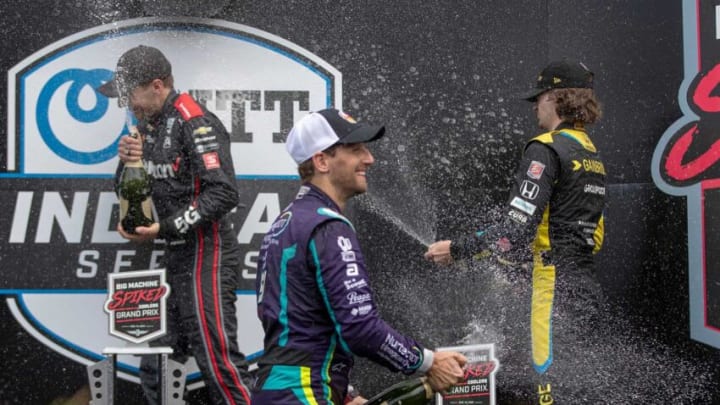What Makes a Formula 1 Car Different from an IndyCar?
Both cars have evolved over the years, reflecting improvements in performance, safety, and reliability. And while the general structure is similar, they have many key differences. Think dogs and cats: they both have four legs and a tail, but that’s about where the similarities end.
Teams, Manufacturers, and Suppliers
Formula 1 currently has ten active teams of two cars each, which means ten distinct chassis designs and constructions (usually). Mercedes provides the engines for four teams, Ferrari three, Honda two, and Renault one – although there is talk of Porsche re-entering the fray soon, and Red Bull will put their own brand on their Honda-engineered power units starting in 2024.
The NTT IndyCar Series also currently boasts ten teams, but they range in size from the single entry of Juncos Hollinger to the Chip Ganassi and Andretti Autosport megateams, which send four drivers to each race. There are 23 drivers confirmed for the 2022 IndyCar season, but for the flagship Indianapolis 500 the field swells to 33 (usually cut down from 34-38 entries).
Every IndyCar chassis is made by Dallara, and Honda and Chevrolet make the engines. For both series, engine and car manufacturers come and go on a regular basis, but this is where we stand for 2022.

Pirelli will provide all the tires to Formula 1 teams until at least 2024 and Firestone will do the same for IndyCar for one year beyond that. But F1 teams have their choice of fuel manufacturers while IndyCars all burn Speedway products.
